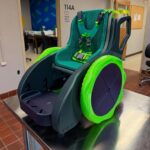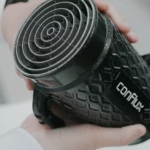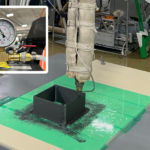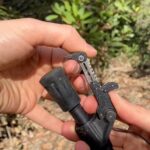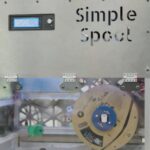Researchers at the University of Toronto haven been fast at work on a type of portable printer that can use bio-inks to print human skin. It uses a particular type of gel that comprises skin cells, collagen, and fibrin, all of which help repair wounds. Though still in it’s early stages, future versions of the device could become a full-fledged medical device.
The portable printer looks much like a mixture between a lab label maker and gum/glue gun. It uses hydraulic force to push out the bio-ink, which covers the skin and begins to heal. This may make it sound similar to skin graft machines, however there are crucial differences. This is much more portable and it can cover the whole wound instead of being reliant on limited patches of skin. The device can set tissue in place over the course of 2 minutes.
Portable 3D Printer Can Print Skin Over Wounds
Researchers working with bio-inks have been working with organic tissue research for a long time. We recently covered the use of turmeric as a component for bone scaffolding in a previous study. Bio-inks and their medical applications are providing new ways to introduce organic fixes to ruptures in muscle, skin or bone.
At this time there are quite a few kinks to work out. Lab testing has so far only included animal trials. Human tests will take quite some time. Another problem is that it takes time to grow skins cells, so materials production is not at an ideal pace.
But the numerous applications are very evident. The use of this portable printer also presents medical workers with on the spot treatment that’s cheaper and convenient. The lead researchers have stated that they envision future models that work on a replaceable cartridge system.
The featured image is courtesy of Liz Do. The full paper on the handheld skin printer is available here.


